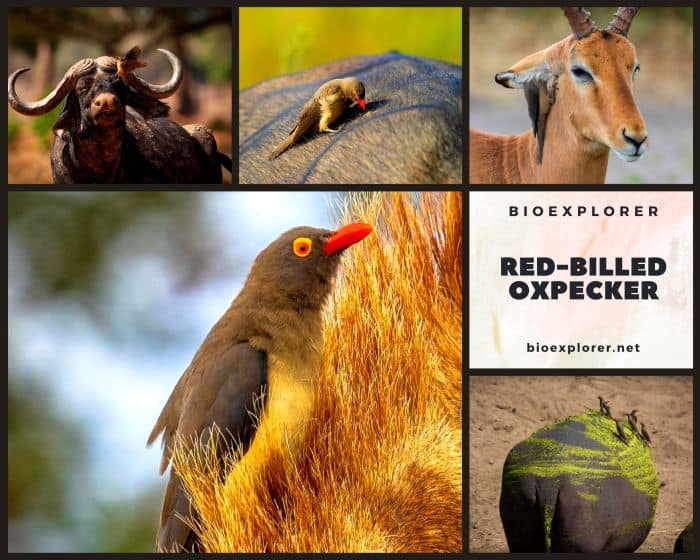
| Kingdom | Class | Order | Family | Phylum | Species | | Animalia | Aves | Passeriformes | Buphagidae | Chordata | Buphagus erythrorhynchus |
Key Takeaways
- Red-billed Oxpeckers are iconic-looking birds with specialized claws and spear-like beaks to perch on animals and eat parasites.
- They provide a valuable cleaning service for impalas, buffalo, giraffes, and other hosts by eating ticks and flies.
- Their bright red eyes, yellow wings, and loud chatter make oxpeckers stand out in the African savanna.
- Oxpeckers have an interdependent, symbiotic relationship with their mammal hosts.
- While still relatively common, habitat loss threatens oxpeckers’ specialized ecological role.



